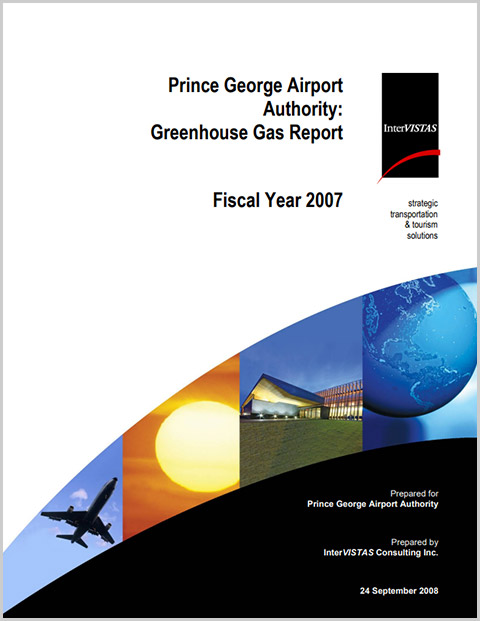Environmental Accountability
The Prince George Airport Authority (PGAA) committed early in its mandate to ensure that airport operations have a minimal impact on the environment.
The Prince George Airport Authority has developed an Environmental & Noise Committee which meets regularly to discuss environmental related matters.
The Prince George Airport Authority Environmental Policy states that the Prince George Airport (YXS) will:
- Minimize environmental risk by implementing environmental plans and programs that are designed to prevent pollution;
- Maintain plans and procedures to deal with environmental emergencies and taking immediate corrective action in the event of an accident;
- Comply with, and, where practical, exceed all applicable federal, provincial and municipal environmental laws and regulations;
- Communicate with employees and stakeholders about environmental risks associated with airport operations and development;
- Consider environmental and socio-economic impacts for all business decisions and projects;
- Train, support, and motivate employees and business partners to be aware of and meet their environmental responsibilities;
- Set sustainable and measurable environmental objectives and targets and actively communicate environmental initiatives to stakeholders and the public;
- Regularly review the policy to ensure that the policy continues to meet the needs and expectations of the Prince George Airport Authority, its employees and the community.
Current environmental aspects that are monitored:
- Fuel and allied product storage
- Wildlife control
- Greenhouse gases and ozone-depleting substances
- Heating, ventilating, and air conditioning (HVAC) systems
- Aircraft de-icing and anti-icing fluids (ADAF)
- Ice control chemicals
- Asbestos removal
- Hazardous waste storage
- Polychlorobiphenyls (PCB) management
- Aircraft noise
- Sewage disposal
- Pest and weed control
- Flammable and combustible material storage
- Maintenance garbage floor drains
- Tenant management
Going Green
- New LED lighting is expected to save approx. 80% in energy costs where applicable
- New LED lights are good for 60,000 hours as compared to the current lights that have 2,000 hours of life
- New truck fleet has 97% fewer emissions than trucks of 10 years ago
- Adding plug ins on the apron design so planes can be plugged in for power rather than using diesel generators
Greenhouse Gas Study 2007 (PDF, 1.18 MB)
